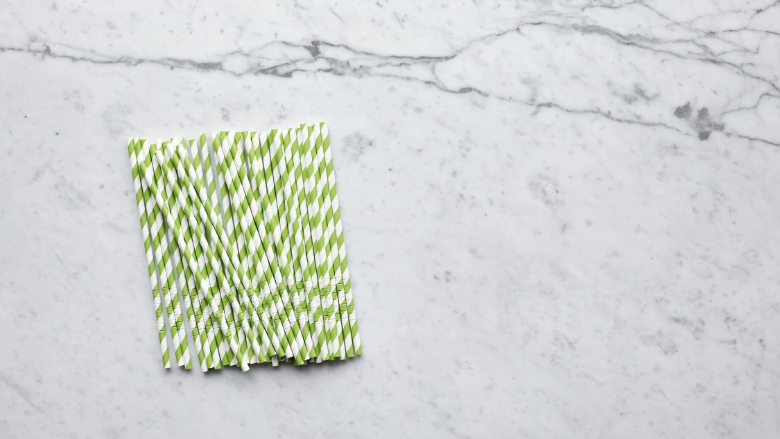In light of growing environmental concerns and changing plastic regulations, the production of disposable food contact materials (FCMs) made from biodegradable polymers is becoming more commonplace to achieve sustainability. However, these FCMs can carry unique food safety risks. For example, FCMs made from rye or wheat can transfer gluten to food, potentially making consumers with celiac disease or wheat allergies ill. In the EU, some disposable plastics are banned (driving the rise of biodegradable polymers in FCMs) and there is no legislation requiring allergen labeling for gluten-containing FCMs.
In a recent study, researchers from the Karlsruhe Institute of Technology in Germany investigated the extent of gluten transfer from six different FCMs into a range of liquid and solid foods to provide a more comprehensive basis for assessing exposure risk for people with wheat allergy or celiac disease. Materials tested included biodegradable plates, forks, knives, straws and cups made from wheat bran, a combination of wheat bran and polylactic acid, durum wheat semolina, a combination of durum wheat semolina and wheat gluten, rye stalks and a combination of oat bran and flour.
Gluten migration from the FCM was tested under conditions expected in normal use of the material: different contact times with food and different temperatures of food contact were tested.
Overall, the researchers found that the extent of gluten migration depended on the properties of the FCM, particularly its stability during use. Contact time and the composition of the food with which the FCM came into contact were also important factors.
Of the six FCMs investigated, gluten transferred into the liquid from four ingredients (two straws based on durum wheat semolina, a plate based on wheat bran, and a cup based on oat bran and wheat flour). Gluten from the plate also transferred into gluten-free solid foods.
No gluten transfer was detected from the cutlery, probably due to the short contact time and small contact area, and from straw 3, which was based on rye stalks, since stalks do not contain gluten.



